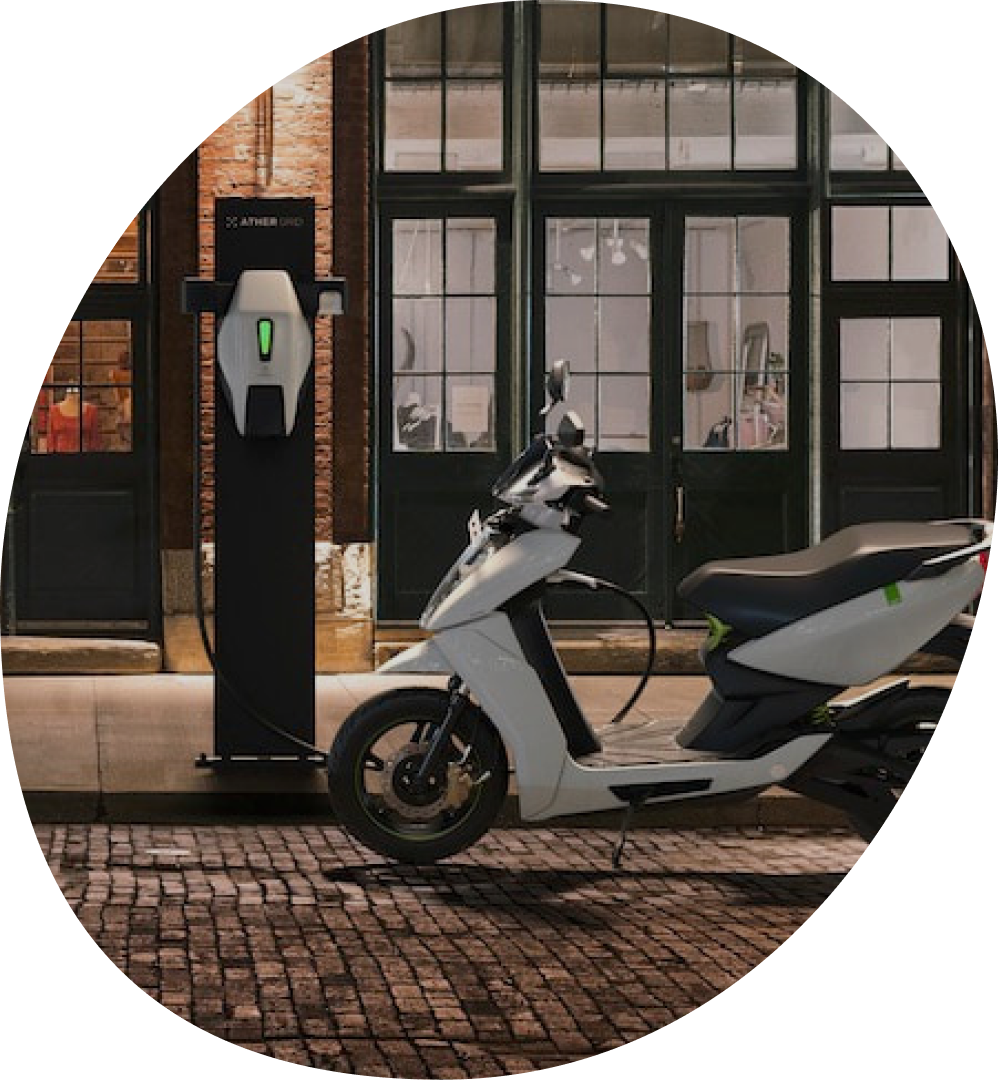The Problem
As a fast-growing electric vehicle manufacturer, the company faced intensifying pressure from investors, regulators, and OEM partners to demonstrate credible, data-backed ESG performance. While they had partial visibility into Scope 1 and 2 emissions, there was no structured system in place to capture and manage Scope 3 emissions across their expanding supplier base.
Key challenges included:
- Inconsistent and siloed internal data systems
- Low ESG maturity and reporting capability among suppliers
- Increasing regulatory complexity (BRSR, GRI, CDP) requiring fast, audit-ready disclosures
- Lack of internal capacity to align teams and build a long-term ESG roadmap
Without a scalable solution, the company risked falling behind on compliance, losing stakeholder trust, and missing out on ESG-linked growth opportunities.
How Snowkap Solved It
Snowkap implemented a hybrid approach combining its AI-powered ESG platform with deep advisory support. The solution unfolded in phases:
- Materiality Assessment: Identified ESG topics most relevant to the business and its stakeholders
- GHG Baselining: Computed Scope 1 and 2 emissions using IPCC-aligned methodologies, followed by Scope 3 estimation focused on 15% of high-impact suppliers
- Supplier Engagement: Rolled out an onboarding program using a mix of primary data collection and proxy datasets to bridge reporting gaps
- BRSR Gap Analysis: Mapped existing reporting practices against BRSR requirements and developed an action plan for full compliance
- Training & Capacity Building: Conducted ESG workshops for cross-functional teams and senior leadership to ensure organization-wide readiness
The Snowkap Edge
What made Snowkap’s approach stand out was the seamless integration of platform automation with hands-on expertise:
| AI-powered document parsing and auto-fill features drastically reduced manual reporting effort |
| Pre-built templates and dashboards enabled fast, multi-framework disclosures (GRI, BRSR, CDP) |
| Proxy datasets and validation engine helped close Scope 3 data gaps quickly |
The Way Forward
With Scope 1–3 baselines in place and high-priority suppliers onboarded, the company is now shifting from reporting to strategic reduction.
- Expanding Scope 3 emissions tracking to cover 50%+ of the vendor base
- Embedding ESG metrics into procurement and supplier evaluation workflow.
- Implementing renewable energy transition plans to reduce Scope 2 emissions
- Establishing an integrated ESG dashboard for board-level visibility and decision-making
This forward-thinking ESG strategy not only improves compliance but also strengthens investor confidence, brand reputation, and long-term business resilience.
